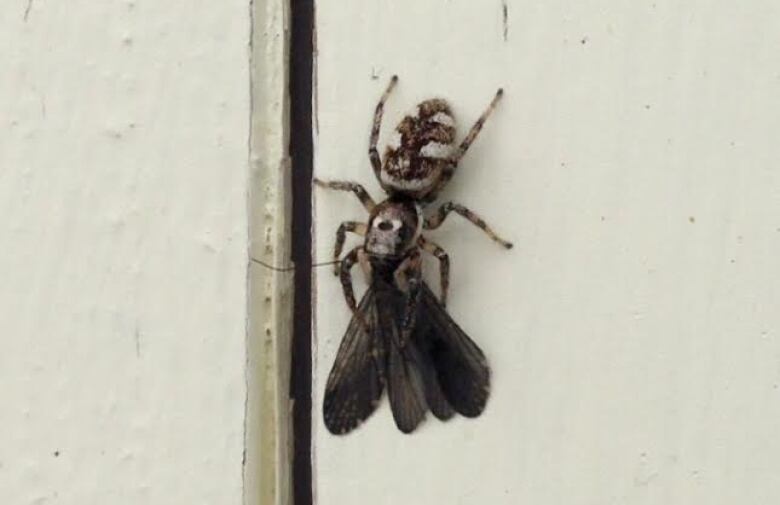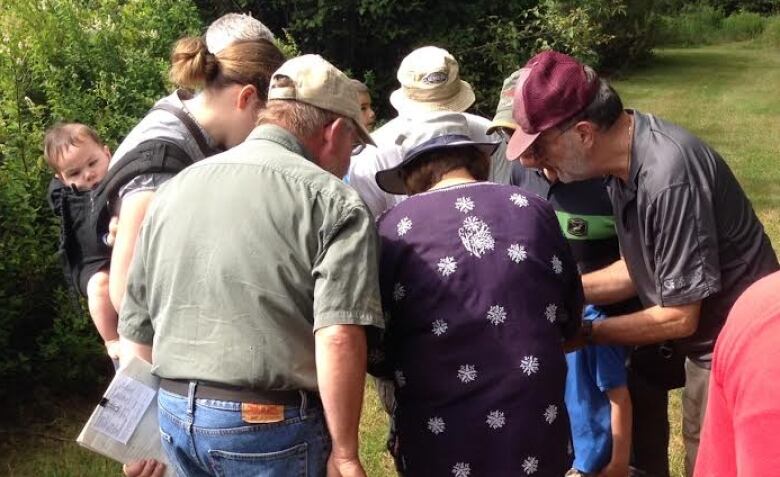P.E.I.'s spider survey confirms many more species call Island home
159 more spider species confirmed living on Island

People who don't like spiders might not like this bit of news: There are a lot more of them on P.E.I. than previously believed.
Don't panic, there aren't more by total numbers, there are just more species of them than scientists knew before.
That's because of a couple of recent spider surveys conducted on the Island, one by citizen scientists working with Nature PEI, the other from a DNA study done by the University of Guelph.
It's not just a couple of new varieties, it's a huge leap in spider knowledge.

The final numbers came in this summer, after a spider collection done by29volunteers last summer and fall, where the group collected some 4,300 Island arachnids.
Those were sent away to an expert in Newfoundland for identification, and initial results showed the citizen scientists had gathered123 species in total, tripling the initial number known.
But then the group found out about the earlier study done by the University of Guelph, which had checked the genetic barcodes of spider DNA collected on the Island.
Combining the two studies resulted in the new total of 197.
Many CFA'sdiscovered
Knowing more about the Island's spider population is important for the future, especially considering the number of non-native spiders.
Those come-from-away's can cause problems, said Curley.

The CFA's made up a significant percentage of the count.
"It was pretty interesting that 19 of them are non-natives, so it's almost 10 per cent, that they're exotic spiders," said Curley. "And these are ones that are surviving in the wild. There may be a few that come in on the bananas and the grapes, but they probably don't survive in the wild.
"A lot of them are probably things that come in on potted plants, stored in packing material, or pallets, that sort of thing, or big containers."
Thrilled with survey results

"It was just finding out what was here, and we made a pretty good start," she said. "New Brunswick still has 400 I think, so we know there's still quite a few out there that we missed, but we made a pretty good start."
And it was a big success for the citizen scientist method of collection, and the group has certainly caught the bug.
Curley said they've been asking to do other surveys, and there are several species under-collected on the Island, including slugs and snails, ants, moths, bees, and beetles.
- MORE P.E.I. NEWS|Rona Ambrose, interim Conservative leader, tells Atlantic Canadians 'we have your back'
- MORE P.E.I. NEWS|Charlottetown food bank gets big beef donation
With files from Island Morning












_(720p).jpg)


 OFFICIAL HD MUSIC VIDEO.jpg)
.jpg)



























































































